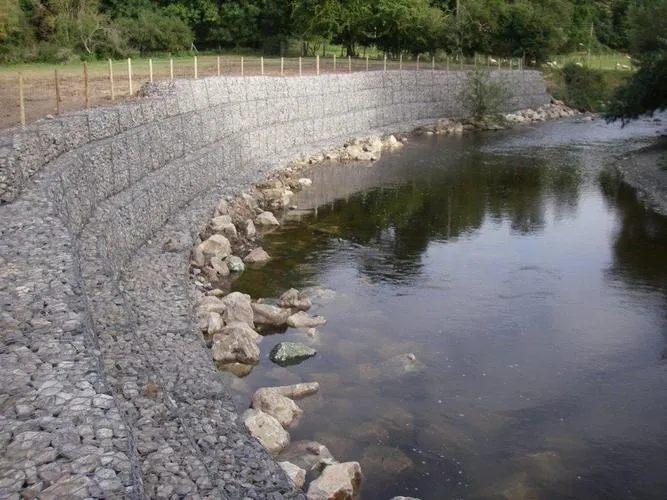-
 Phone:
Phone: -
 Email:
Email:

chain link fence repair
Chain Link Fence Repair A Comprehensive Guide
Chain link fences are popular among homeowners and businesses alike due to their affordability, durability, and versatility. They serve a variety of purposes, including security, safety, and boundary markers for properties. However, like any structure, chain link fences are subject to wear and tear, and repairs may be necessary over time. In this article, we will explore common issues that arise with chain link fences, how to identify them, and step-by-step instructions for performing repairs.
Common Issues with Chain Link Fences
1. Rust and Corrosion One of the most prevalent problems faced by chain link fences is rust, especially if they are not coated or treated. Rust weakens the structure and can cause it to collapse.
2. Bent or Damaged Posts Chain link fences rely on strong posts to maintain their integrity. A post can become bent or damaged due to severe weather, impact from vehicles, or aging materials.
3. Torn or Missing Links Over time, the links in the fence can become torn, especially if subjected to strong forces like storms or vandalism. Missing links can compromise the fence’s security.
4. Loose Tension Wire The tension wire helps to keep the fabric of the fence taut. If it becomes loose, the fence may sag, which not only looks unsightly but can also reduce its effectiveness.
Identifying the Problem
Before you can perform a repair, it’s crucial to identify the specific issue at hand. Take a close look at your chain link fence and look for signs of rust, bending, or tension loss. If you notice any missing or damaged links, mark these spots for later repair.
Repairing Chain Link Fences
Materials Needed
chain link fence repair

- Replacement chain link sections (if applicable) - New tension wire (if necessary) - Fence post repair parts (if needed) - Bolt cutters - Pliers - Wire cutters - Wrench - Rust-inhibiting paint or sealant
Step-by-Step Repair Process
1. Safety First Before beginning any repairs, ensure you are wearing safety goggles and gloves.
2. Remove Rust If rust is present, use a wire brush to scrub it away. For larger areas, consider using rust-inhibiting paint or sealant after you’ve stripped away the rust.
3. Repair or Replace Damaged Links - For torn links, use bolt cutters to remove the damaged sections. - Instead of replacing the entire fence, you can simply insert a new link. Insert it through the existing fabric and use pliers to crimp it in place.
4. Fix Bent Posts To repair a bent post, try to bend it back into shape carefully. If it is beyond repair, replace it with a new post by digging out the old one and securing the new one in concrete.
5. Tighten or Replace Tension Wire Check the tension wire; if it is loose, use pliers to tighten it. If damaged, cut the old wire out and replace it with a new one, securing it properly.
6. Final Touches Once repairs are complete, give the entire fence a once-over. Check that all links and posts are secure. If any rust remains, repaint those areas to prevent future corrosion.
Conclusion
Regular maintenance and timely repairs can extend the life of your chain link fence, ensuring that it continues to serve its purpose effectively. By understanding common issues and how to address them, homeowners can save money and maintain a safe and neat property boundary. Remember, if the damage is extensive or you feel uncomfortable making repairs, don’t hesitate to seek professional help. With a little effort, your chain link fence can remain a reliable fixture for years to come.
-
Wire Mesh for Every Need: A Practical SolutionNewsJul.25,2025
-
Steel Fences: Durable, Secure, and Stylish OptionsNewsJul.25,2025
-
Roll Top Fencing: A Smart Solution for Safety and SecurityNewsJul.25,2025
-
Cattle Farm Fencing Solutions for Maximum SecurityNewsJul.25,2025
-
Affordable Iron Binding Wire SolutionsNewsJul.25,2025
-
Affordable Galvanized Wire SolutionsNewsJul.25,2025
-
Wire Hanger Recycling IdeasNewsJul.25,2025








